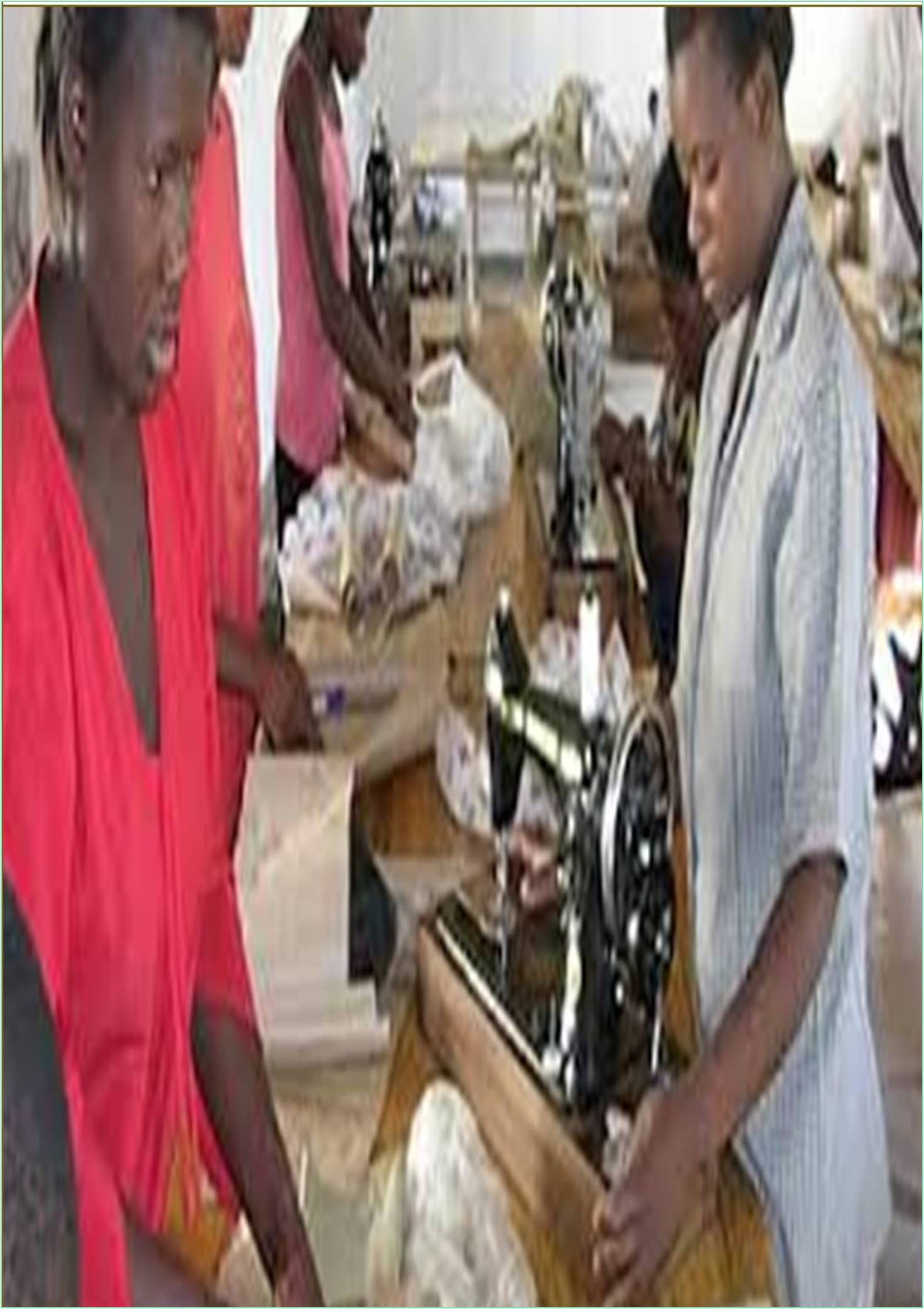



Received: 18-Jul-2022, Manuscript No. GJVTE -22-72835; Editor assigned: 21-Jul-2022, Pre QC No. GJVTE-22-72835 (PQ); Reviewed: 04-Aug-2022, QC No. GJVTE -22-72835; Revised: 11-Aug-2022, Manuscript No. GJVTE-22-72835 (R); Published: 18-Aug-2022, DOI: 10.15651/2437-1890.22.10.007
Agricultural Technical Vocational Education and Training (ATVET) has been particularly hard hit over the past few decades as many developing country governments cut their public spending throughout the 1980s and 1990s. In addition, urbanization spread quickly throughout many nations, displacing inhabitants and resources from rural areas. The goal of post-primary vocational education was to "guide the sons of traditional farmers into public employment" whereas post-secondary education was intended to "bring the sons of the middle class into public employment”. During this time, agricultural education became increasingly fragmented. In other words, agricultural systems that were largely cut off from more dynamic or expanding sectors of national economies and the labour demands of those sectors received static skills training from ATVET.
To become professional entrepreneurs who run their farms or businesses as profitable and productive sustainable enterprises, farmers and other sectors in the agriculture and food system need formal vocational training. In order to sustainably enhance their level of productivity and income as well as their competitiveness on domestic and international markets, this will be crucial for farms and businesses in the agro-processing sector (Feng., 2022). Over 50 million young people in Africa are working in precarious jobs, according to the Organization for Economic Co-operation and Development (OECD) and the rate of youth unemployment is 50% (2016). Africa has to create over 20 million new jobs annually to keep up with the expanding working-age population. Furthermore, there are still way too few options for young people to receive training (Fernandez., 2022). The needs of the private sector are frequently not met by the training that is offered. Expanding options for technical and vocational training and modernizing, Africa's training institutions are thus necessary. The low social standing of crafts and trades is an issue and in order to increase production and make some industries more appealing technical and vocational education and training must be made available to everyone.
This is especially true for the agricultural sector, which is undesirable to work in due to its low productivity and lack of modern production techniques. New approaches to formulating plans for small and medium-sized businesses are also required (Gajek., 2022). The former United Nations Millennium Development Goals (MDGs) included universal primary education as one of their main priorities for basic education. The necessity for post-basic education and training such as agro technical vocational education and training was not conveying (ATVET). This was largely because in the majority of developing nations, donor and government driven poverty reduction initiatives did not include vocational education and training meaning that it had been receiving less political attention.
Despite ATVET being one of the main pillars of training for sustainable development this is owing to a lack of donor investment and inaction on the part of many governments (Kumar et al., 2022). Therefore, it is necessary to modify development initiatives and enhance the human capital and capacities of the underprivileged. ATVET has been expressly included in more recent Sustainable Development Goals (SDGs). Goal of the SDGs aims to significantly lower the proportion of young people who are not in employment, education or training by 2020. It also aims to foster sustained, inclusive and sustainable economic growth, full and productive employment and decent work for all. In the informal sector, there is a particularly high correlation between reducing poverty and improving growth, productivity and creativity.
Thus, ATVET is essential in helping people acquire the skills they need to increase productivity, quality, variety and occupational safety, which in turn enhance health outcomes and raise the incomes and standard of living for the poor (Shaheen et al., 2022) . The trainee’s knowledge of the unorganized sector, rural organizations and good governance is also strengthened to ATVET. Access to training and necessary skills is crucial in a variety of ways, including how it boosts productivity in industries related to agriculture, connects the underprivileged rural population to lucrative incomegenerating ventures and draws young people to careers in agriculture and rural areas. For sustained productivity growth and the creation of higher paying jobs in rural regions and elsewhere, effective ATVET systems that create connections between education, technical training, labor market entry and lifelong learning are essential.